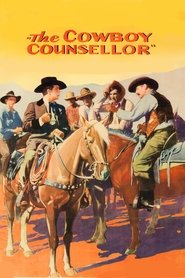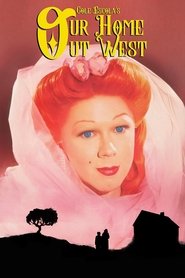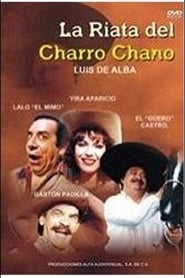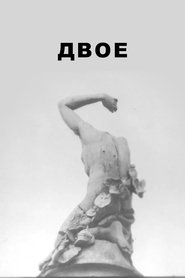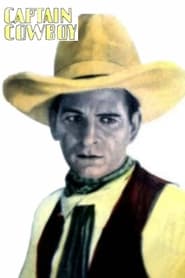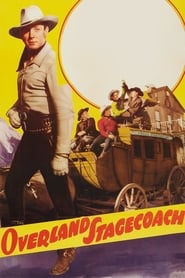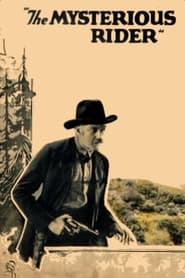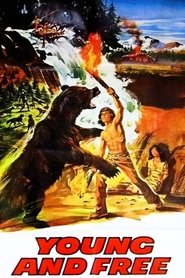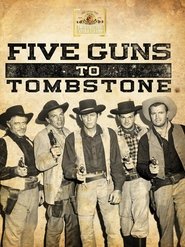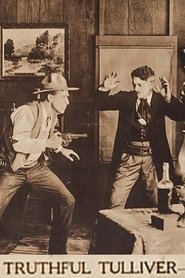Popular Western Movies - Page 424
-
The Cowboy Counsellor
1932
star 5.7A con man posing as a lawyer tries to sell copies of a phony law book. Things get serious when he has to defend a young man falsely accused of robbery. -
Our Home Out West
2023
Our Home Out West
2023
The lost pilot episode of a heartwarming family western that aired once on Christmas Eve of 1971, never to be seen again... until now. -
The Stranger
1920
The Stranger
1920
A stranger rides into a little town on his white horse, where he finds plenty of excitement and a love affair awaiting him. -
The Two
2002
The Two
2002
star 5.5Two men. Friends? Enemies? Lovers? Brothers? One is nothing, success or failure depends on two. -
Captain Cowboy
1929
Captain Cowboy
1929
Story of a Cowboy who met challenges with action! He matched his fists against another man's diabolical brain! -
The Dead Man's Claim
1912
The Dead Man's Claim
1912
An aged miner finds a rich gold claim, stakes it out, fills a sack with samples of the gold ore and starts back across the desert to file his claim. His water gives out, and, after days of torture, he at last falls in a clump of sagebrush. In a nearby cabin Jim Durkin and Black, his partner, are about to sit down to supper when faint cries are heard. -
Overland Stagecoach
1942
Overland Stagecoach
1942
star 6Frontier justice is meted out over the suspicious death of a railroad mogul's partner. -
Print the Legend
2023
-
The Man from the East
1914
Tom Bates is living in the city enjoying a liberal fortune left him by an uncle recently deceased. When Tom received his fortune he was working on a ranch as a cowboy and was a top-notcher, too. In the city he has met May, a charming and beautiful girl, who is engaged to marry him. Tom rescues a forlorn girl in the park from a ruffian. May breaks the engagement. -
The Miner's Peril
1914
The Miner's Peril
1914
Mining foreman Jimson is fired by Pedro and Madro when they falsely accuse him of trying to steal ore. When they attack him, he is forced to strike back, and they swear revenge. Their enmity intensifies when Jimson rescues Nina, a Mexican girl, from Pedro's unwanted attentions. -
The Two-Fisted Lover
1920
The Two-Fisted Lover
1920
The hero befriends a young school teacher, who adopts a child at his suggestion. The real father of the child, who neglected its mother and allowed her to die, tries to make the teacher believe the hero is its father, which brings about an interesting complication. -
The Mysterious Rider
1921
The Mysterious Rider
1921
Hell Bent Wade is the victim of an attack in which is wife is killed and daughter kidnapped. A couple of decades later, he is a sheriff known only as the "mysterious rider," because of his nighttime prowls in search of cattle rustlers. -
Young and Free
1979
Young and Free
1979
Chad Rainey, a young boy from Ohio looses his mother to Cholera. On his way west on a wagon train he elopes into the wilderness where he meets and fall in love with an Indian girl. -
The Chef at Circle G
1915
The Chef at Circle G
1915
Rose Blake, daughter of the ranch foreman, is in love with Tom, the cook, and her father disapproves of the match. Blake finally discharges Tom, and the boys become disgusted when they try to prepare their own meals. Disguised as a young lady, Tom arrives at the ranch, where he is engaged by Blake as a cook. -
Wild West Story
1964
Wild West Story
1964
Swedish cowboys in the Wild West. Defending their town Small Lands Hills and their mining claims against bandits of all sorts. -
The Best Man Wins
1909
The Best Man Wins
1909
star 3.5Charles Shea, the handsome young foreman of the Bar Z ranch, has won the love of the winsome daughter of his employer, John Graham. Alice and he are engaged to be married when a telegram announcing the death of his father and the request that he immediately return East, is handed Shea. Promising to return immediately the estate is settled. Shea bids Alice good-bye and leaves for the East. A year passes and no word from Charley. The girl is in despair and. though every cowpuncher on the place loves her madly, she refuses each one in turn, declaring that she will wait for Charley, whom she is sure will return soon. -
Immediate Lee
1916
Immediate Lee
1916
Immediate Lee, employed on the ranch owned by one Masters, is discharged by the manager through the influence of one of his men, who is in the brand blotting game with Masters. Beulah, a dance-hall girl, has attracted the attention of Hurley, a brand blotter, but prefers Lee. Hurley entraps Lee and cuts his mouth open with a wide gash, which leaves a permanent scar. Lee vows vengeance and follows the man all over the country. He at last meets him face to face, but Hurley is saved by the intercession of Beulah. He later is killed in a fierce encounter. The brand blotters are discovered and punished by the aid of Immediate Lee, and Beulah receives the reward of loyalty and devotion by becoming Lee's wife. -
A Holster Full Of Law
1961
Slaughter’s cattle are rustled, and when the sheriff is powerless to do anything about it, Slaughter is elected sheriff himself. With a band of skilled deputies, he brings law and order to Tombstone, and eventually settles his feud with the cattle rustler. -
Truthful Tulliver
1917
Truthful Tulliver
1917
Truthful Tulliver, a Westerner and a journeying newspaperman, followed by Silver Lode Thompson, printer and compositor, arrives in Glory Hole to start a newspaper.
 Netflix
Netflix
 Amazon Prime Video
Amazon Prime Video
 Apple iTunes
Apple iTunes
 Apple TV Plus
Apple TV Plus
 Disney Plus
Disney Plus
 Google Play Movies
Google Play Movies
 Paramount Plus
Paramount Plus
 Hulu
Hulu
 HBO Max
HBO Max
 YouTube
YouTube
 fuboTV
fuboTV
 Peacock
Peacock
 Peacock Premium
Peacock Premium
 Amazon Video
Amazon Video
 The Roku Channel
The Roku Channel
 AMC+
AMC+
 Kocowa
Kocowa
 Hoopla
Hoopla
 The CW
The CW
 Vudu
Vudu
 Starz
Starz
 Showtime
Showtime
 PBS
PBS
 Pantaflix
Pantaflix
 FXNow
FXNow
 Tubi TV
Tubi TV
 Kanopy
Kanopy
 Comedy Central
Comedy Central
 Crunchyroll
Crunchyroll
 Microsoft Store
Microsoft Store
 Redbox
Redbox
 Sun Nxt
Sun Nxt
 ABC
ABC
 DIRECTV
DIRECTV
 Crackle
Crackle
 Fandor
Fandor
 Plex
Plex
